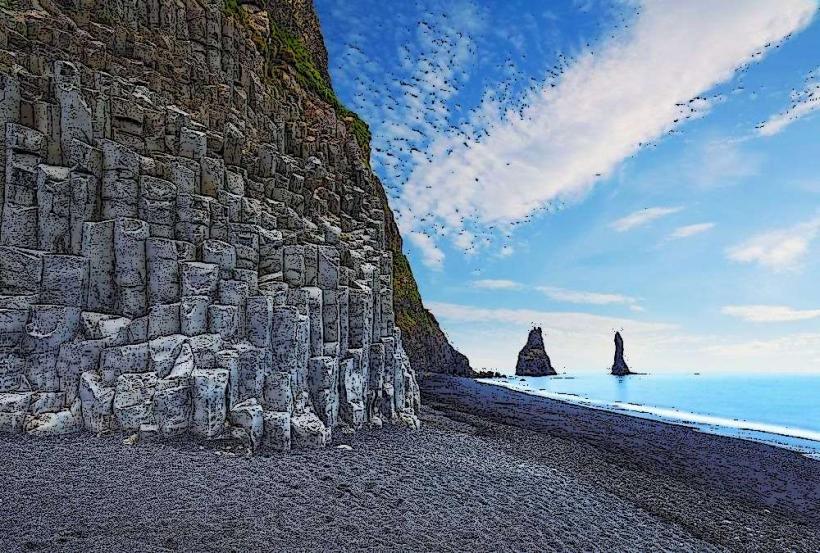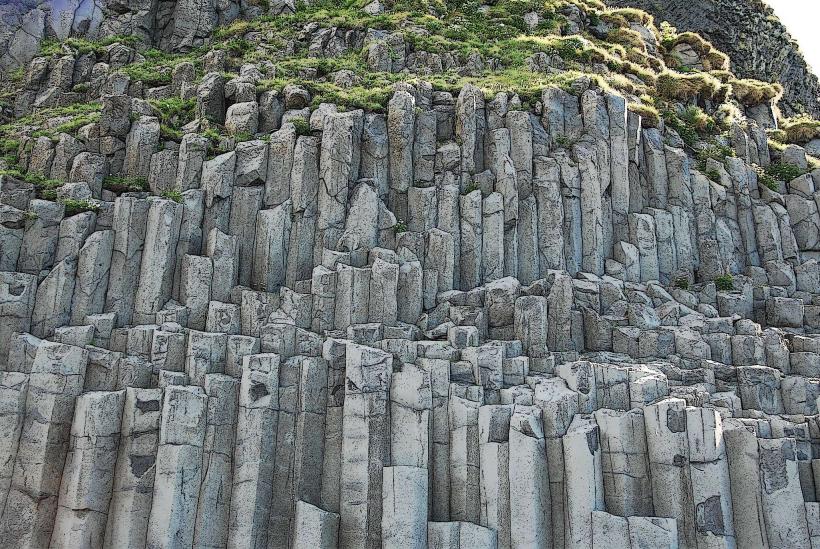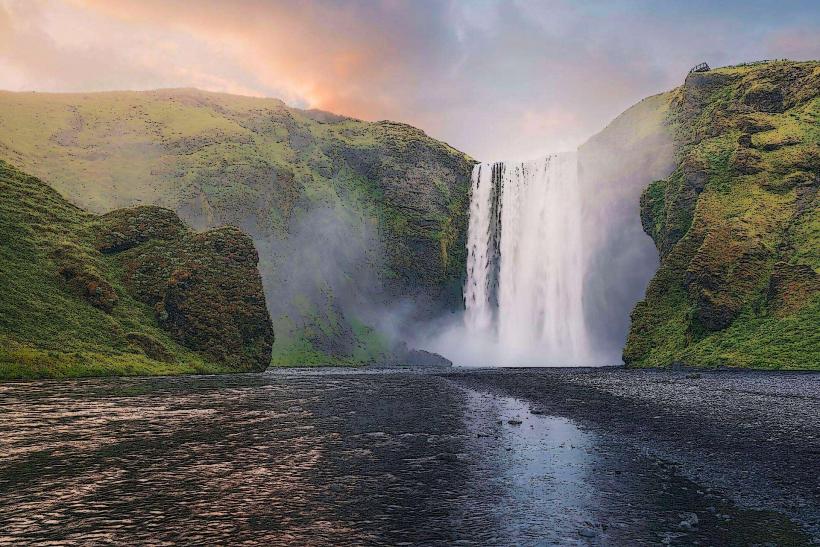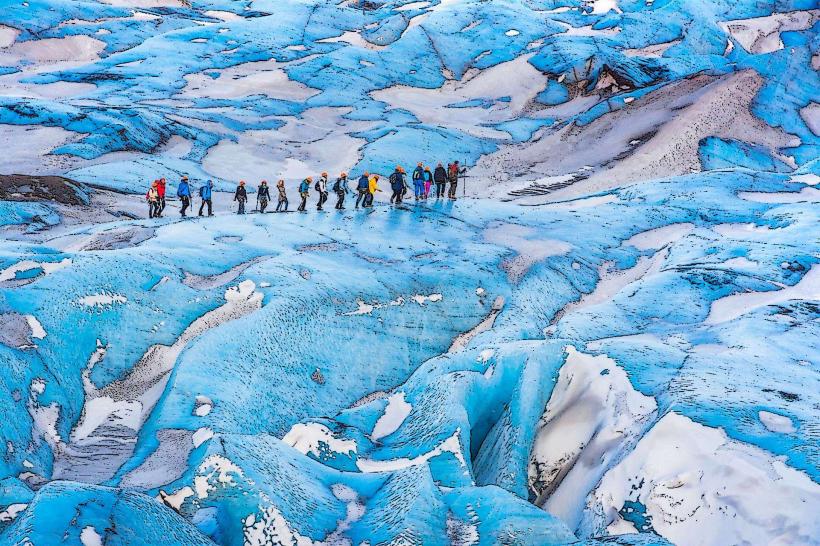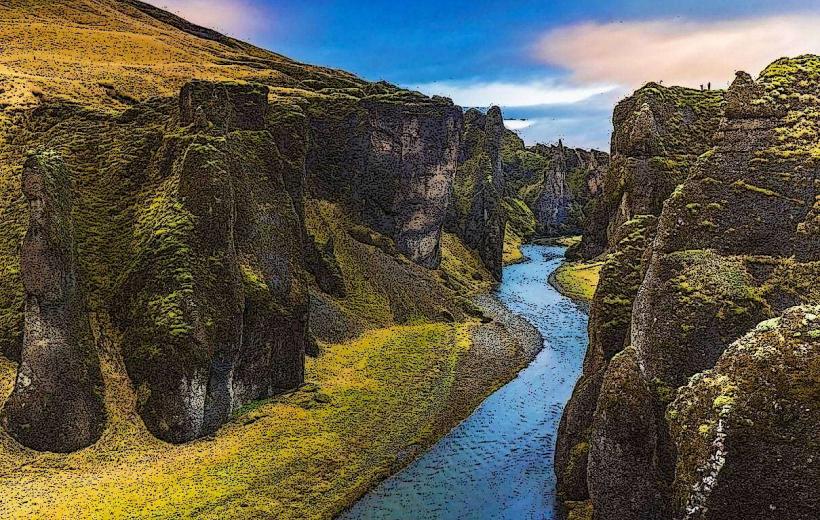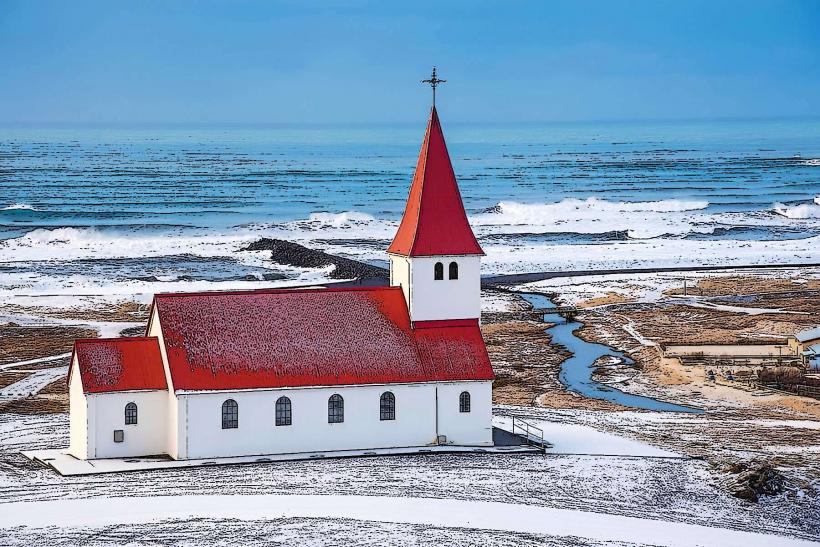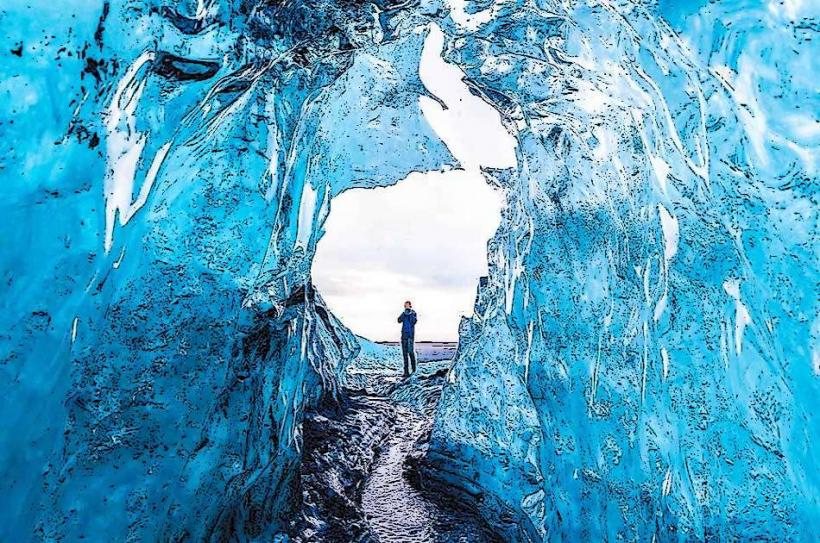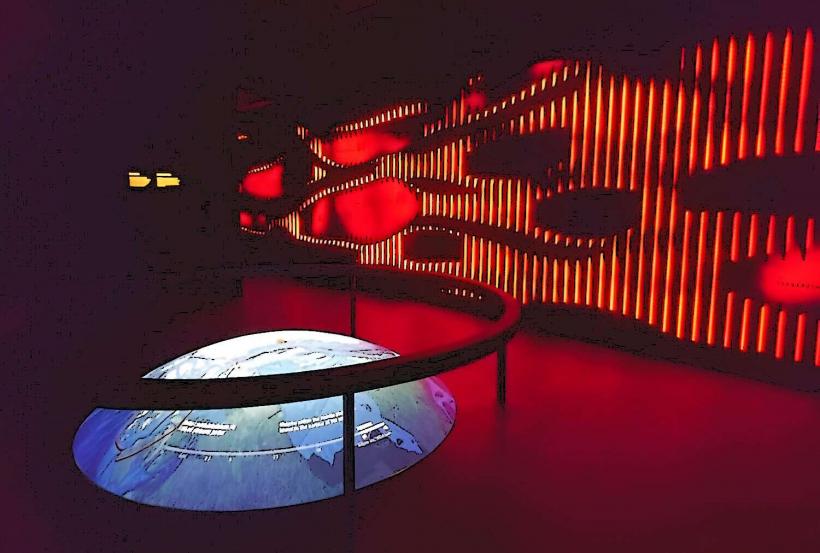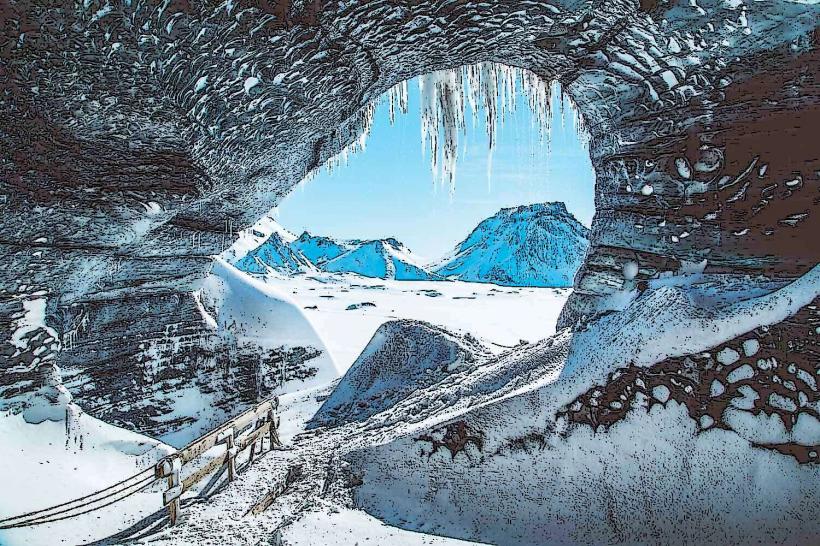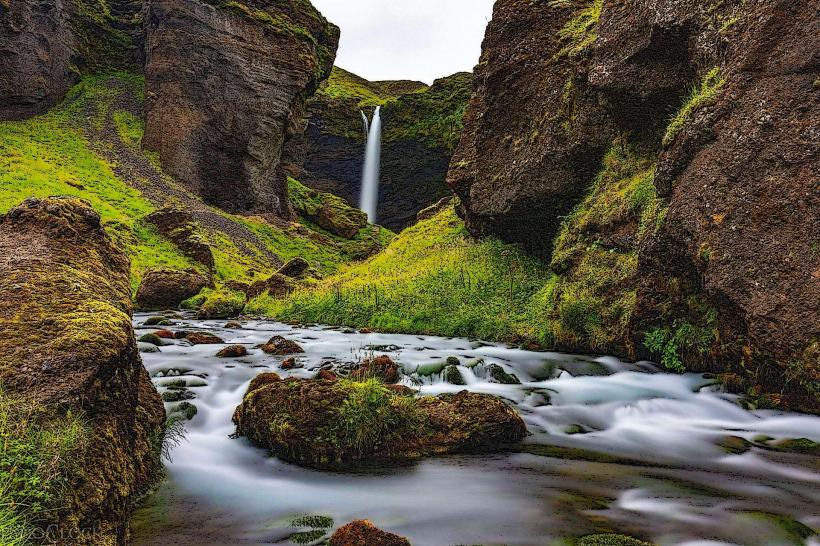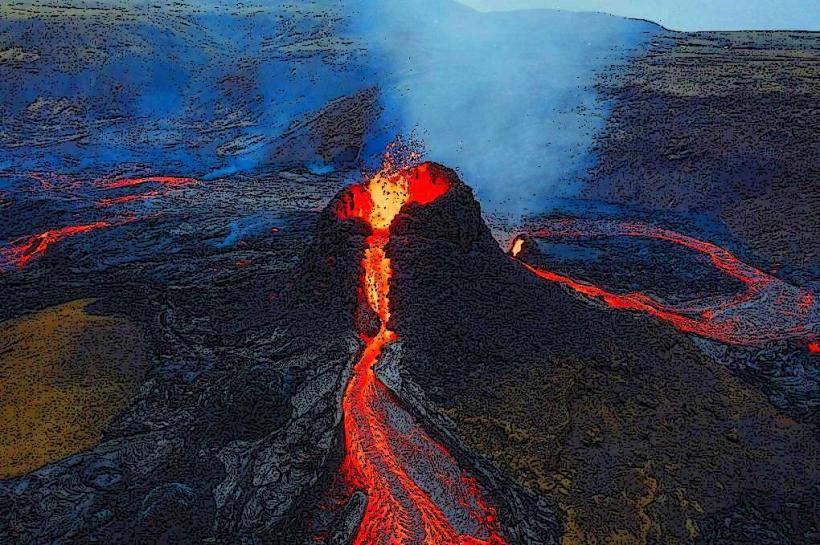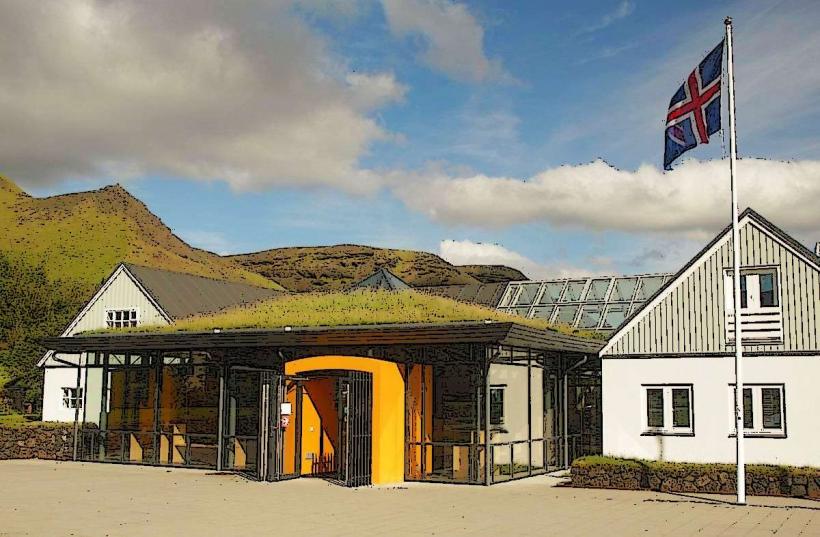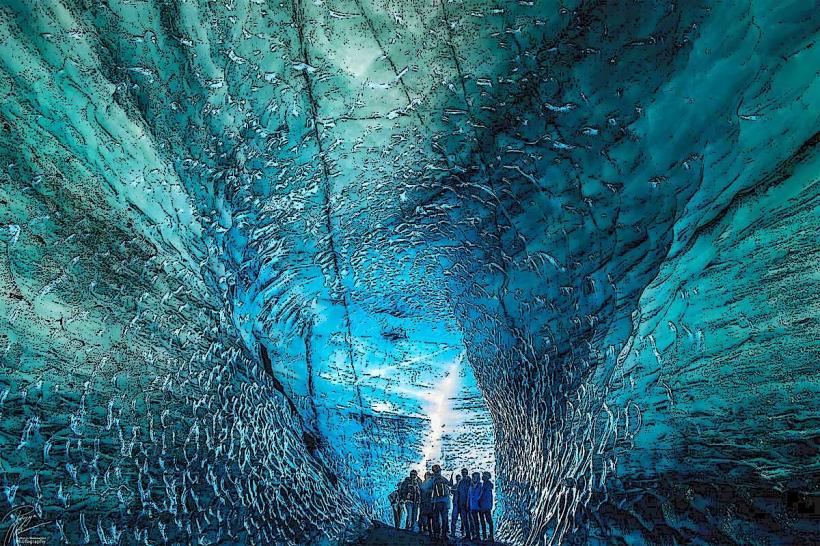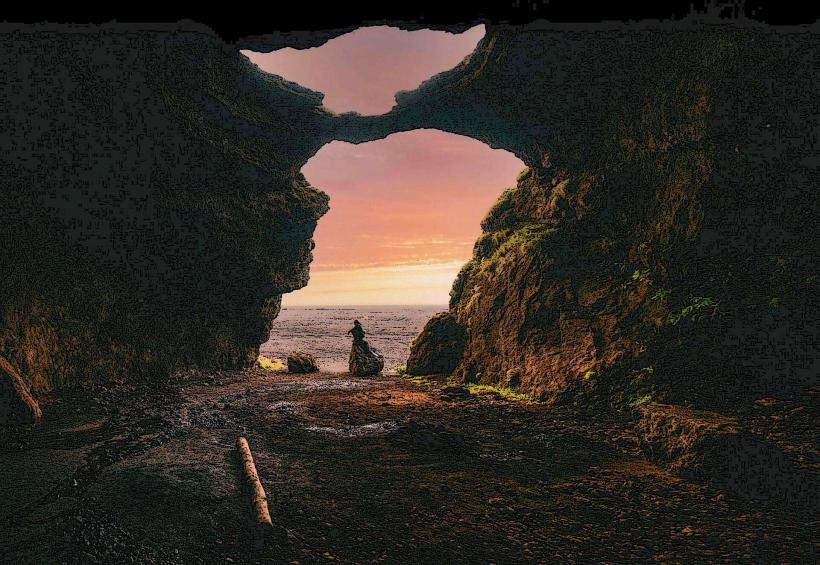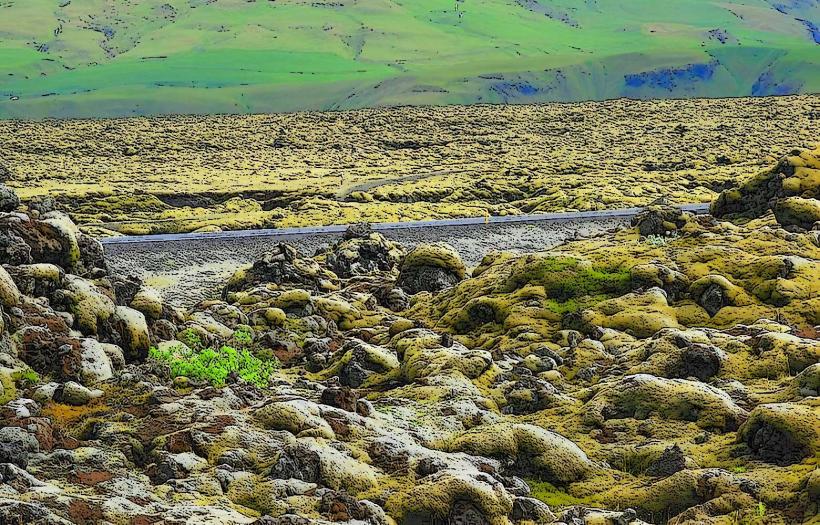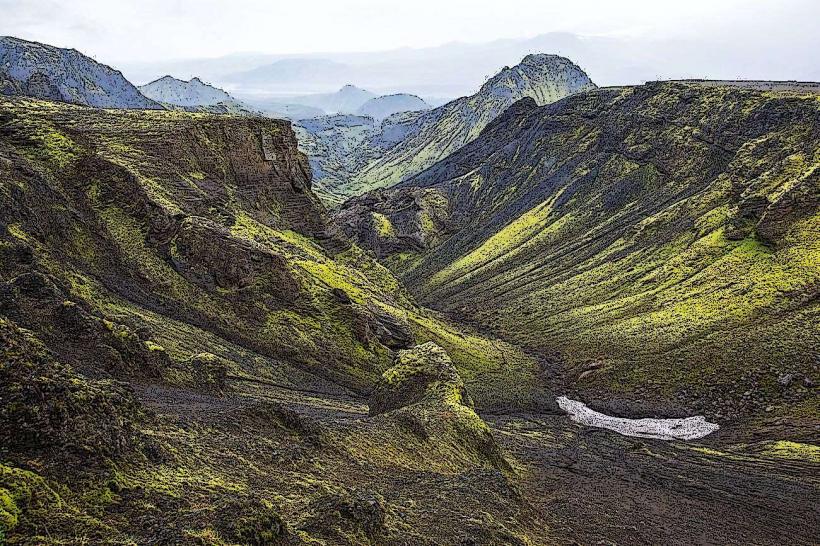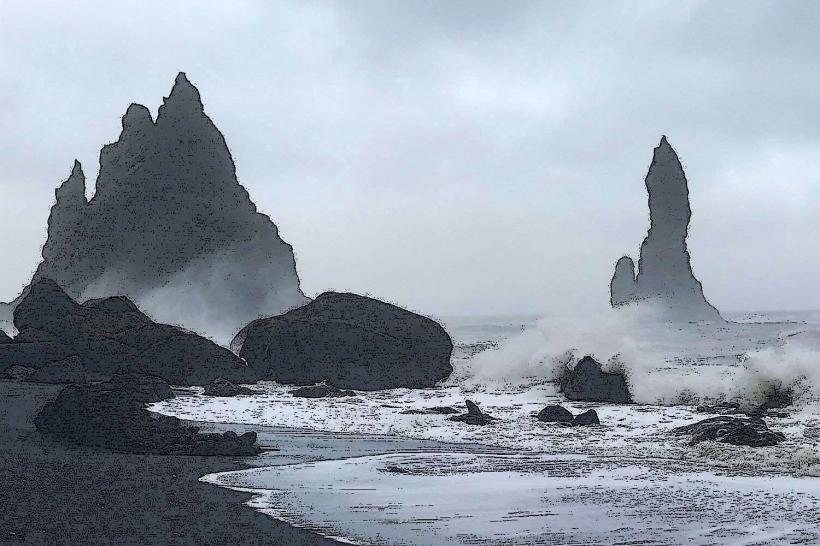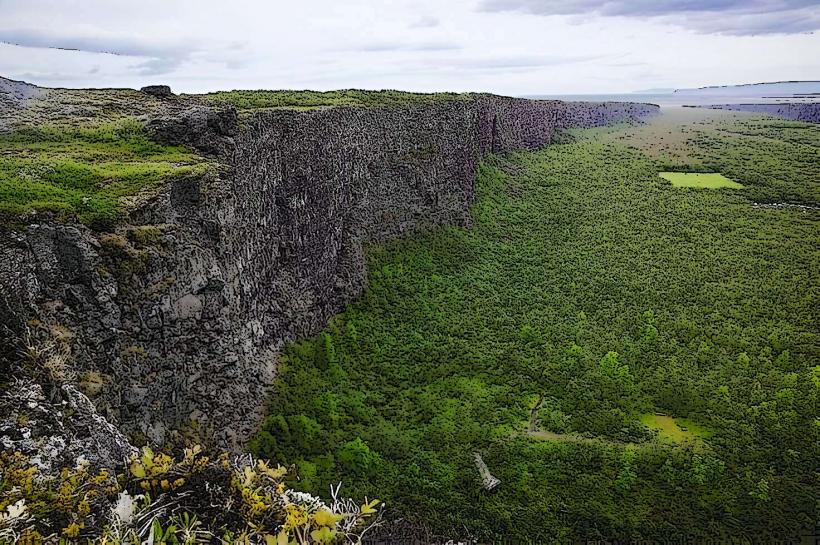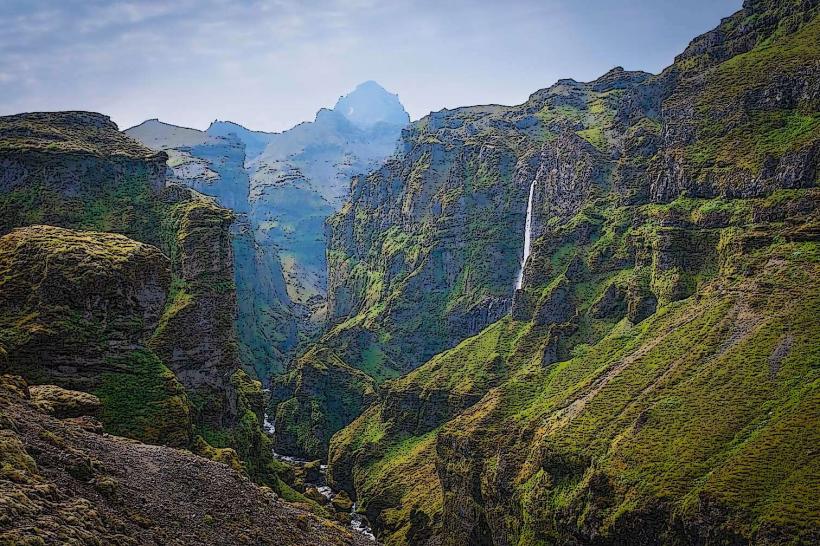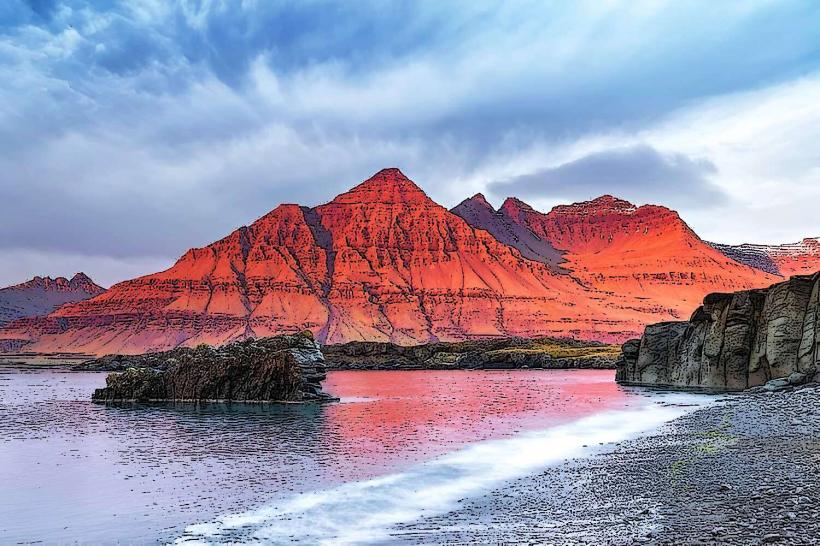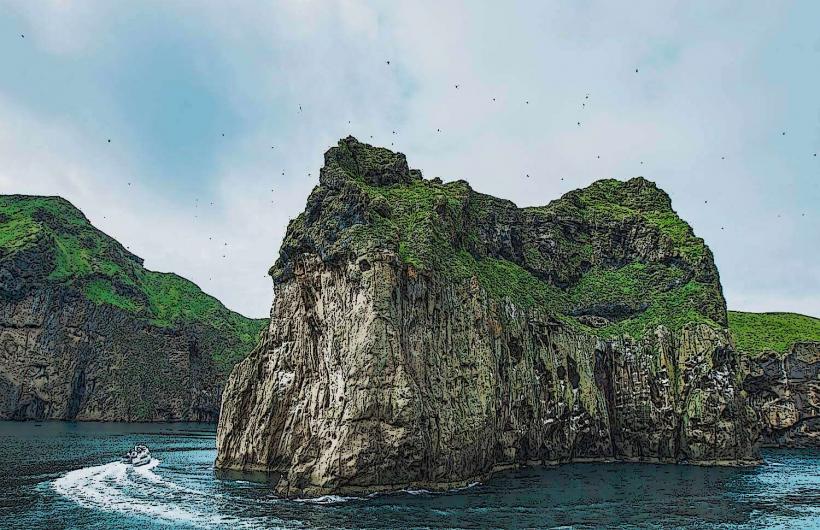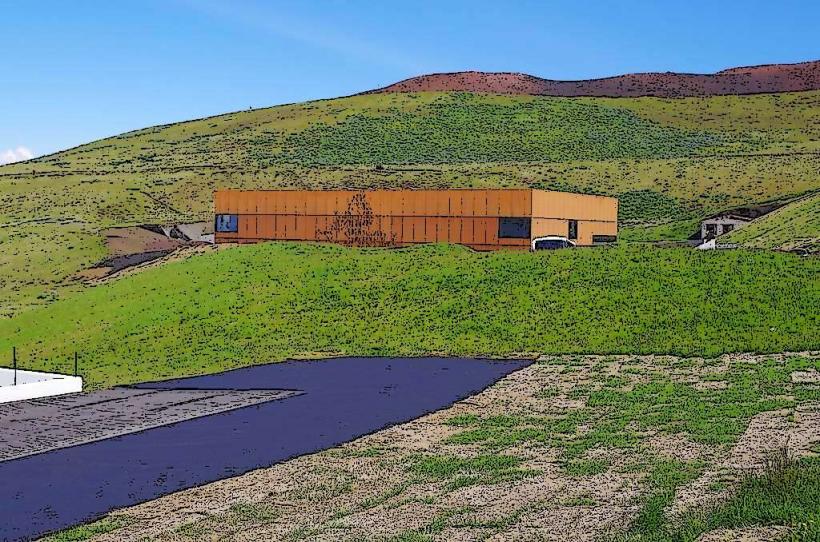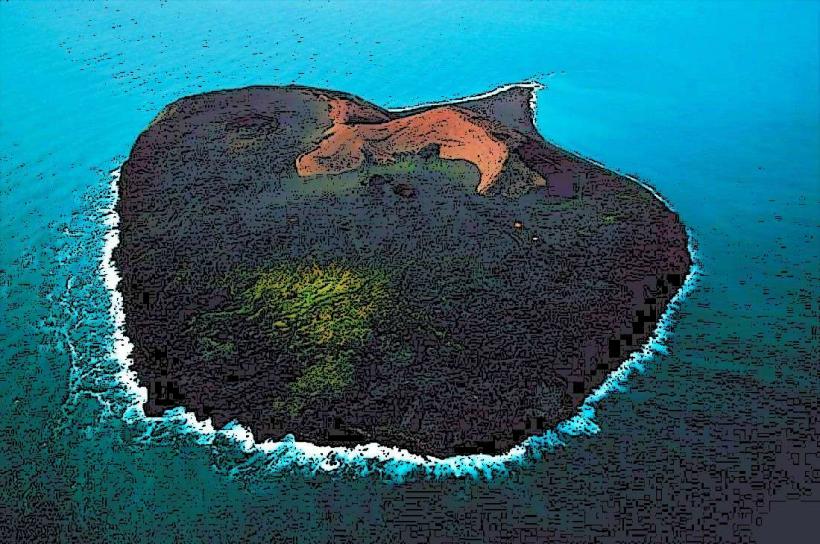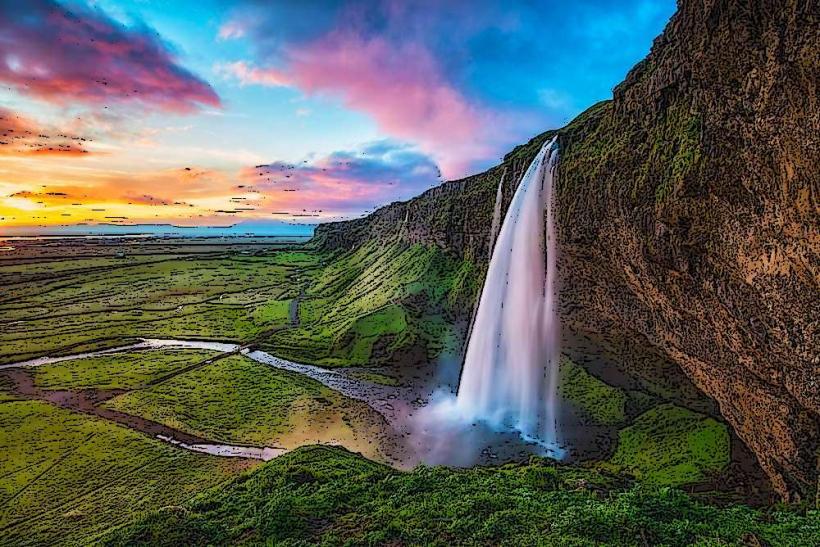Information
Landmark: Gígjökull GlacierCity: Vik
Country: Iceland
Continent: Europe
Gígjökull Glacier is a prominent glacier tongue located on the Eyjafjallajökull volcano in southern Iceland. It is particularly famous for its connection to the 2010 eruption of Eyjafjallajökull, which disrupted air travel across Europe for several weeks. Gígjökull offers stunning landscapes, dramatic views, and a range of outdoor activities for visitors interested in glaciers, volcanoes, and Icelandic nature.
Geological and Eruptive Significance
Eyjafjallajökull Volcano and Gígjökull:
- Gígjökull is one of the glacier tongues extending from the Eyjafjallajökull glacier, which covers the peak of the Eyjafjallajökull volcano. The glacier is part of the larger Vatnajökull ice cap, which is the largest glacier in Europe by volume.
- The 2010 eruption of Eyjafjallajökull had a major impact on Gígjökull. The eruption caused a large-scale meltwater flood (jökulhlaup) that significantly reshaped the glacier’s landscape. The flood released massive amounts of meltwater, carving out large valleys and dramatically altering the surroundings.
- The eruption also caused the glacier to retreat, with the ice melting rapidly due to the heat from volcanic activity. This event drew international attention, both for the eruption itself and the subsequent effects on global air travel.
Glacial Features:
- Gígjökull, like many glacier tongues in Iceland, is an outlet glacier—a tongue of ice flowing down from a larger ice cap. The glacier is known for its dramatic seracs (tall, jagged blocks of ice), deep crevasses, and striking moraine formations.
- The meltwater from Gígjökull feeds into a river system, which runs through the Þórsmörk valley before eventually joining the larger rivers in southern Iceland.
Access and Visitor Experience
Hiking and Tours:
- Gígjökull is located near the town of Hvolsvöllur, and it is easily accessible from Route 1, Iceland’s Ring Road. It is about a 2-hour drive from Reykjavík.
- The Gígjökull Glacier can be reached via a short hike, which offers a fantastic opportunity to experience the stunning glacial and volcanic landscape. The hike is relatively easy and takes about 30-45 minutes to reach the glacier from the Þórsmörk valley area.
- For those interested in more intense exploration, guided glacier tours are available. These tours typically include ice climbing, glacier hiking, and the opportunity to explore the crevasses and ice formations in a safe and controlled manner.
Viewpoints:
- There are several viewpoints around the Gígjökull Glacier that allow visitors to take in sweeping views of the glacier tongue and the surrounding volcanic landscape. The area is particularly scenic, with large fields of black volcanic ash from the 2010 eruption contrasting with the white ice of the glacier.
- In the summer months, the surrounding area is lush with vegetation, offering a stark contrast to the icy landscapes, while in the winter, the glacier’s ice formations become even more striking, and the landscape is covered in snow.
Þórsmörk Valley:
- Þórsmörk, or the "Valley of Thor," is located near the Gígjökull Glacier and is one of the most popular hiking destinations in Iceland. The valley is surrounded by glaciers, including Eyjafjallajökull, and is known for its stunning natural beauty, including dramatic ridges, rivers, and lush green vegetation.
- Hikers visiting Gígjökull can combine their trip with a hike into Þórsmörk, where they can enjoy various trails ranging from easy walks to more challenging hikes. The valley is a hub for trekking and adventure tours, and it’s a great starting point for exploring Iceland’s wilderness.
Volcanic and Glacial Interaction:
- The interaction between the volcanic eruption and the glacier has created a unique environment. After the 2010 eruption, large sections of the glacial ice were melted away by the heat of the lava, exposing volcanic landscapes previously hidden beneath the ice.
- Lava fields near Gígjökull provide a striking contrast to the ice, and visitors can explore remnants of the eruption, such as lava flows and areas where volcanic ash has accumulated.
Environmental and Scientific Importance
Monitoring and Climate Change:
- Gígjökull, like many glaciers in Iceland, is a key location for monitoring the effects of climate change. Iceland's glaciers are retreating at a rapid pace due to rising temperatures, and the changes in the Gígjökull Glacier provide valuable data for understanding these processes.
- Scientists study the glacier's retreat, the meltwater, and the volcanic interactions to learn more about how glaciers respond to volcanic activity and climate change. This research is essential for understanding the broader environmental shifts occurring in Iceland and globally.
Glacial Retreat:
- The retreat of Gígjökull since the 2010 eruption has been significant, with large portions of the glacier having melted away. Visitors can witness this retreat firsthand and observe the changing environment as the glacier’s ice recedes.
- As the glacier continues to shrink, new terrain, including lava fields and moraine deposits, is becoming exposed, offering further opportunities for scientific study.
Best Time to Visit
- Summer (June to August): Summer is the best time to visit Gígjökull for hiking and exploring the glacier. The weather is milder, and the ice is more accessible for glacier walks and tours. The surrounding landscape is lush and green, making it an excellent time for outdoor activities.
- Winter (November to March): In winter, the glacier and its surrounding areas are covered in snow, offering a more serene and beautiful experience. However, conditions can be harsh, and access may be limited due to snow and ice. If you are planning to visit during winter, it’s important to check road conditions and consider booking a guided tour for safety.
Conclusion
Gígjökull Glacier is a remarkable destination for those interested in Iceland’s glaciers, volcanoes, and natural beauty. Located on the Eyjafjallajökull volcano, Gígjökull offers visitors a chance to experience both volcanic and glacial landscapes in a single location. Whether you're hiking to the glacier, exploring the surrounding volcanic terrain, or simply taking in the stunning views, Gígjökull is a unique and captivating place to visit in southern Iceland. With its combination of geological significance, stunning scenery, and adventure opportunities, Gígjökull is an unforgettable part of Iceland's natural heritage.

